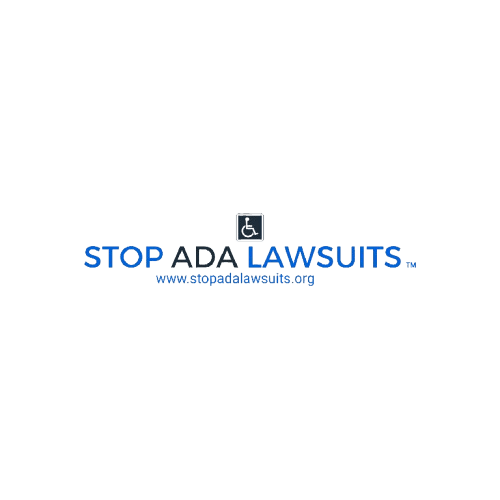The Americans with Disabilities Act (ADA) is a critical piece of legislation that ensures accessibility and inclusion for individuals with disabilities. However, for many business owners and property managers, upgrading facilities to meet ADA standards can seem like a daunting financial challenge. Thankfully, there are grants, tax incentives, and financial assistance programs available to help ease the burden of these necessary upgrades.
Why ADA Compliance Matters
ADA compliance is not just about avoiding lawsuits; it’s about creating an inclusive environment where everyone can participate equally. Whether it’s a small business, a nonprofit organization, or a public facility, ensuring accessibility can enhance customer satisfaction, increase patronage, and demonstrate social responsibility.
Noncompliance, on the other hand, can lead to legal challenges, fines, and damage to your reputation. Addressing accessibility proactively is a wise investment, and financial assistance options can make this process more feasible.
Grants for ADA Upgrades
Several grant programs are designed to assist businesses and organizations with ADA-related projects. Below are some of the most accessible options:
- Community Development Block Grants (CDBG):
- Administered by the U.S. Department of Housing and Urban Development (HUD), CDBG funds are allocated to states and local communities to support public projects, including ADA compliance upgrades.
- These grants are often used for retrofitting buildings, installing ramps, or modifying restrooms for accessibility.
- Disability Rights Advocacy Organizations:
- Many nonprofit organizations advocate for disability rights and offer grants or low-interest loans for accessibility improvements. Examples include the Christopher & Dana Reeve Foundation and the Disability Rights Fund.
- State-Specific Programs:
- Several states have specific grants aimed at helping small businesses comply with ADA standards. Check with your state’s economic development office or Department of Labor for programs in your area.
- Nonprofit Support Programs:
- Nonprofit organizations can often access grants from private foundations or federal programs like the National Endowment for the Arts (NEA), which includes funding for ADA-compliant cultural and educational spaces.
Tax Incentives for Accessibility
In addition to grants, the federal government provides tax incentives to encourage ADA compliance:
- Disabled Access Credit:
- This tax credit is available to small businesses with gross receipts of $1 million or less or fewer than 30 full-time employees. The credit covers 50% of eligible expenses for ADA compliance, up to $10,250 per year.
- Architectural and Transportation Barrier Removal Deduction:
- Businesses can deduct up to $15,000 annually for removing physical barriers that make their facilities accessible to people with disabilities.
Low-Interest Loans and Other Financial Assistance
If grants and tax credits aren’t sufficient, consider these options:
- SBA 504 Loans:
- Offered by the Small Business Administration (SBA), these loans can be used for facility upgrades, including ADA improvements. They provide long-term financing with low interest rates.
- State and Local Loan Programs:
- Many states and municipalities offer low-interest loans to encourage businesses to invest in accessibility. Research local programs that align with your needs.
- Energy Efficiency and Accessibility Incentives:
- Some programs combine funding for energy-efficient upgrades with accessibility improvements. For instance, installing automatic doors can enhance both accessibility and energy efficiency.
Tips for Securing Financial Assistance
Securing funding for ADA upgrades requires preparation and persistence. Here are some tips to increase your chances of success:
- Conduct an ADA Audit:
- Before applying for grants or loans, assess your facility’s current compliance status. Hiring a certified ADA consultant can help identify areas that need improvement.
- Develop a Detailed Plan:
- Clearly outline your project goals, timeline, and estimated costs. Include specifics about how the upgrades will enhance accessibility.
- Research Thoroughly:
- Look into all available funding options, including local initiatives that may not be widely advertised.
- Seek Professional Help:
- Consider working with grant writers or financial consultants who specialize in accessibility projects.
Final Thoughts
Investing in ADA compliance not only helps you avoid legal risks but also makes your business or organization more inclusive and welcoming. With the variety of grants, tax incentives, and financial assistance programs available, achieving compliance is more affordable than you might think.
Taking the first step can feel overwhelming, but resources are out there to support you. Whether you’re a small business owner, a nonprofit leader, or a property manager, exploring these funding opportunities can help you create a space that’s accessible to all—and that’s a commitment worth making.
